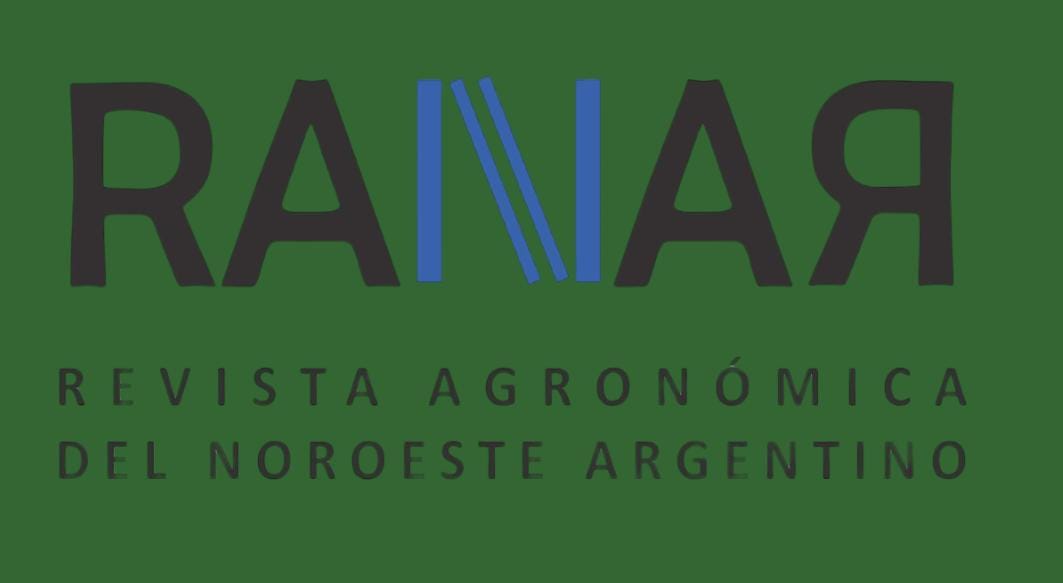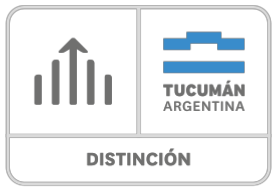Strawberry cultivars performance in contrasting cropping conditions in Tucumán (Argentina)
Keywords:
Adaptability, Fragaria x ananassa, Genotype x environment interaction, Productive systems, YieldAbstract
Strawberry (Fragaria x ananassa Duch.) production in Argentina takes place in a wide environmental range, being
characterized by the coexistence of different production systems, limitations to technology access by small-scale
growers, and by the foreign origin of the cultivars used. In 2021, a study was conducted to evaluate the adaptability
of a set of strawberry cultivars to two contrasting cropping conditions in Tucumán, Argentina, in order to increase
the current knowledge about genotype response to sub-optimal growing situations. The study included two locations,
Padilla (Famaillá, Tucumán) and El Manantial (Lules, Tucumán), that share climate (CWa), soil conditions, and
surrounding landscapes. In Padilla, plants were grown under the recommended strawberry farming practices (RSFP),
and in El Manantial, plants were subjected to resource-limited cropping conditions (RLCC). The cultivars evaluated
were ‘Benicia’, ‘Fronteras’, ‘Monterey’, ‘Petaluma’, ‘Rábida’ and ‘Rociera’. Fruit number (both total and marketable),
% of marketable fruit (%MKTF), average marketable fruit weight, and yield were recorded. There were statistical
differences between production systems for all the variables, in favor of RSFP. Not all the evaluated cultivars had the
same production pattern in both experimental conditions, showing significant cultivar x cropping condition interactions.
‘Rociera’ and ‘Rábida’ had the best performance under RSFP; and ‘Rábida’ and ‘Fronteras’ under RLCC. ‘Rociera’ and
‘Benicia’ were the most affected cultivars under RLCC. In summary, ‘Rábida’ was the cultivar that maintained a high
relative performance in both growing conditions.
Downloads
Published
Issue
Section
License

This work is licensed under a Creative Commons Attribution-NonCommercial-ShareAlike 4.0 International License.









